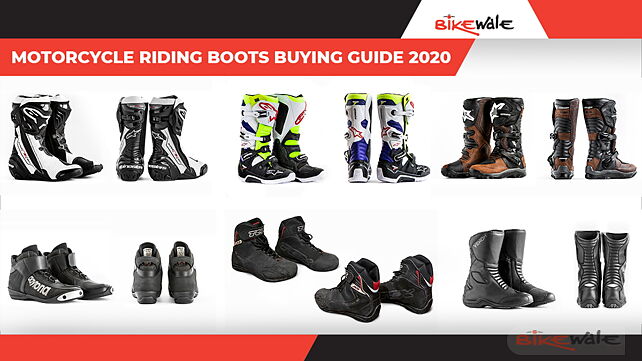
Introduction
In the second of our buying guide series on motorcycle riding gear, we are talking boots! But before we get into their classification and the pros and cons of each boot type, here are things that one should consider before buying a pair.
Comfort. Feel. Protection.
Comfort is essentially an outcome of how flexible a boot is. The more flexible it is, the more comfortable it is to wear all day long without aches or pains. One must also look at breathability of a boot when considering comfort.
Then there’s feel. It’s not something most motorcyclists consider when buying a new pair of boots, but it is very important. After all, it decides how well one can modulate the rear brake, and how easy, quickly and precisely one can move up and down the gearbox.
Finally, there’s protection; the main reason we choose riding boots over regular ones when riding a motorcycle. A motorcyclist needs protection for his feet against impact, twisting, and sliding. And as far as parts of the limb go, one needs protection for the sole, toe, heel, ankle and shin.
Now, let’s talk boot types
One can broadly classify motorcycle riding boots into three types – Shorties, Full Length, and Dirt. And the former two can each be broken down further into sub classifications. In case of Shorties, one can have Casual and Street, while in case of full length ones, one can have Track, Tour or Adventure.
Time now to dig deeper and tell you the pros and cons of each type, and when to wear them.
Short Motorcycle Riding Boots
Casual Riding Boots

Pros: These are affordable. More often than not these are made from canvas, and are therefore, flexible, light, and breathable. These are also easy to store, and work brilliantly as office wear.
Cons: Casual riding boots lack serious protection. Yes, there’s a cap for both heel and the toe area, and there’s some soft padding for the ankle too. But, to keep them light and flexible and affordable, the Casual boots won’t save you from twisting an ankle, or a serious impact or in a fast speed slide.
When to wear: Like we said, these are perfect for short office commutes. Maybe even an evening ride to the cafe. Wear them on a flight. And these are brilliant for scooter guys too.
Street Riding Boots

Pros: Much like the canvas riding boots, these are light as well. But, there’s more protection, especially in case of a slide thanks to the exterior material. Impact protection for the ankle, toe box and the heel is better too. And like the canvas versions, these aren’t cumbersome either. These are also easy to store.
Cons: Now, protection against impact and sliding is better on these boots compared to the Casuals. But when it comes to preventing twisting, or even offering higher degree of coverage against impact, even the street shorties can’t compete with the full-length boots. Plus, these are significantly more expensive than Casuals.
When to wear: Wear them to work, on scooters, and on street bikes. Even for commuting on a Superbike in fact.
Full Length Motorcycle Riding Boots
Touring Riding Boots

Pros: There’s added protection compared to shorties like for the shin. And the pros specific to touring boots include comfort, good feel in the sole, a hint more flexibility compared to other full-length types, and in some cases, the option of having vented or waterproof versions.
Cons: Not the most technical when it comes to protection courtesy higher flexibility. The waterproof versions can be quite pricey. And like most full-length boots, these are a bit cumbersome to put on and take off.
When to wear: For touring, obviously. But, if you happen to have the waterproof kind, you can also use them for daily commute to work in the monsoons. And the fact that these generally have narrow cuffs, it can easily fit under your denims.
Track Riding Boots

Pros: Very high on protection, be it against twisting, impact or even sliding. These are well vented too. Plus, with fancy toe sliders and grippy material on the medial side of the boot, these help the rider hook on to the bike better. And these don’t end up snagging every time your boot scrapes the track surface. The sole on these boots offer good feel. And be it materials or inner booties, track boots are generally the most tech savvy riding boots out there.
Cons: Not the most comfortable full-length riding boots one can buy. These are stiffer than usual, and choose form and function over comfort. These aren’t the easiest to put on or take off either. And, you certainly can’t spend a day being strapped in one of these – walking or otherwise. Plus, these are very expensive.
When to wear: At every track outing. And even if you want to go racing, these are a no-brainer. If push comes to shove, one can also wear them on the daily commute, but these won’t be comfortable. And, the soles on these boots wear out quite fast.
Adventure Riding Boots

Pros: Waterproof. Comfortable. And if you choose the full length ones, there’s more protection against stones and branches and other bits and bobs that you might encounter on your adventure ride. Full length also allows you to hold the bike better when standing up and riding. Walking in them isn’t a huge bother either.
Cons: Big in size. Not the easiest to store or pack. And these aren’t easy to put on and take off either. And though these boots might offer good impact protection, depending on the make and model you choose, not all of them are good at preventing twisting. And because of the bulky cuff or mouth, these don’t slide under your denims easily either. Some could be on the heavier side as well.
When to wear: Like we said, adventure riding boots are versatile. And that means not only can you wear them on an adventure motorcycle for both road and off-road use, you can wear them on street nakeds, cruisers and even neo-classics for that matter.
Dirt or MX Motorcycle Riding Boots

Pros: MX boots are very high on protection, both against impact – branches, tree stumps, rocks, or even your own bike – and against twisting. These have thick shin and sole protection. And their multiple buckle system hold the feet and leg in place like a cast.
Cons: These are properly stiff boots and that means it takes a long time to break them in. And till that time, feel for the levers – the brake in particular – remains an issue. You can’t walk in them comfortably either. And these are heavy. Plus, because Dirt or MX boots are as inflexible as they come, it’s pointless to use them anywhere but off the road.
When to wear: When going trail riding. On an MX track. For a ride on the beach. And when going flat tracking.

![Royal Enfield Classic 350 [2020] Image Royal Enfield Classic 350 [2020] Image](https://imgd.aeplcdn.com/272x153/bw/models/royal-enfield-classic-350-single-channel-abs--bs-vi20200303121804.jpg?q=80)
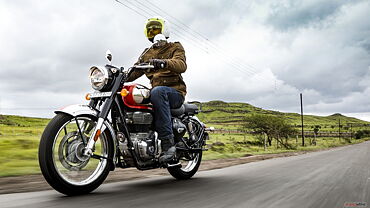

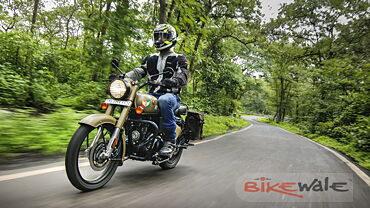


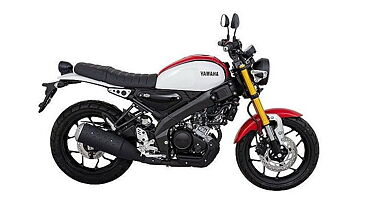


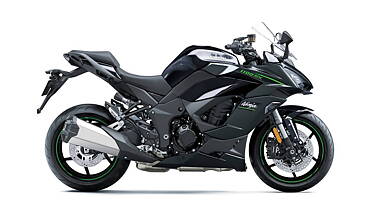
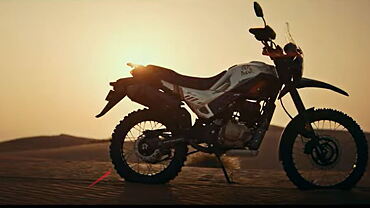


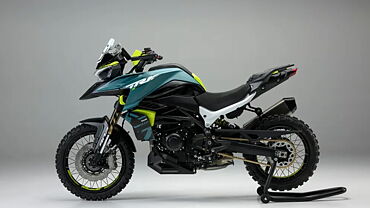

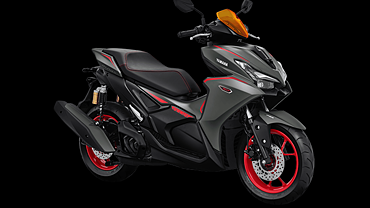
![Royal Enfield Classic 350 [2020] Right Side Royal Enfield Classic 350 [2020] Right Side](https://imgd.aeplcdn.com/199x112/n/cw/ec/49653/royalenfield-classic-right-side33.jpeg?q=80)
![Royal Enfield Classic 350 [2020] Right Side Royal Enfield Classic 350 [2020] Right Side](https://imgd.aeplcdn.com/199x112/n/cw/ec/49653/royalenfield-classic-right-side13.jpeg?q=80)
![Royal Enfield Classic 350 [2020] Right Side Royal Enfield Classic 350 [2020] Right Side](https://imgd.aeplcdn.com/199x112/n/cw/ec/49653/royalenfield-classic-right-side17.jpeg?q=80)
![Royal Enfield Classic 350 [2020] Front Three-Quarter Royal Enfield Classic 350 [2020] Front Three-Quarter](https://imgd.aeplcdn.com/199x112/n/cw/ec/49653/royalenfield-classic-front-three-quarter1.jpeg?q=80)
![Royal Enfield Classic 350 [2020] Side Royal Enfield Classic 350 [2020] Side](https://imgd.aeplcdn.com/468x263/n/cw/ec/49653/royalenfield-classic-side0.jpeg?q=80)






